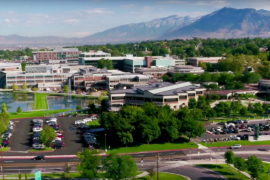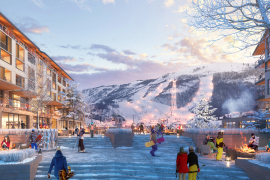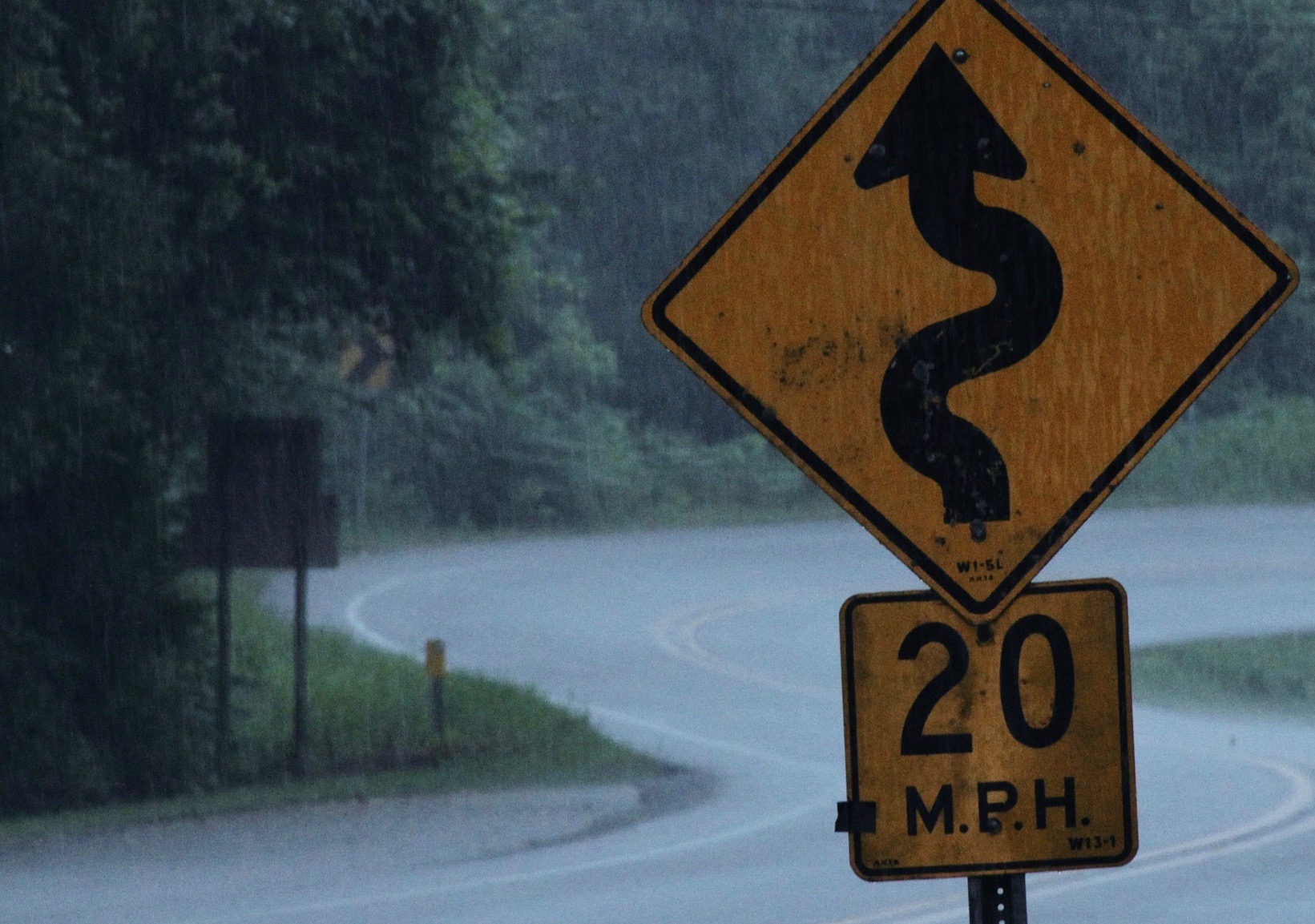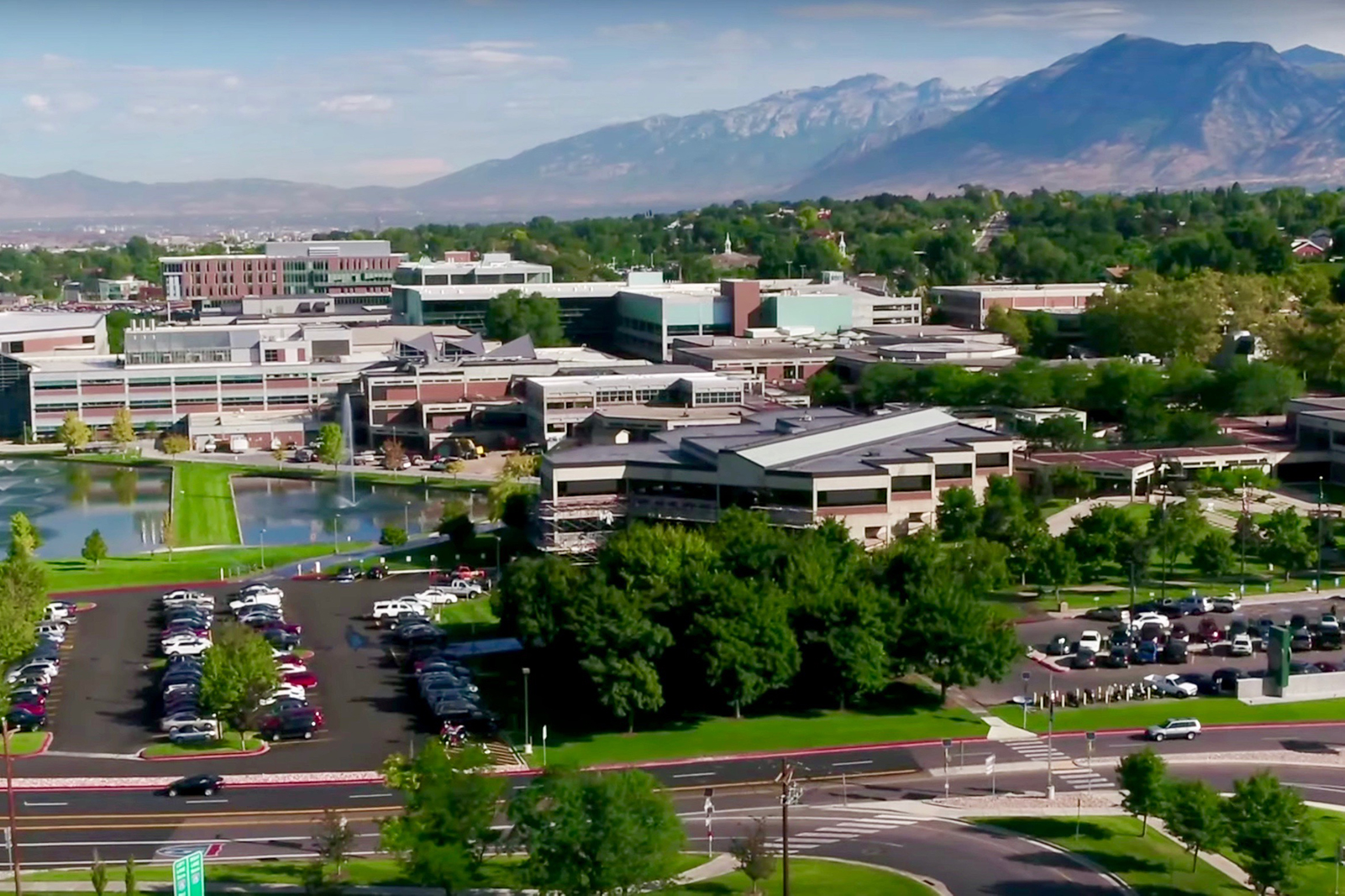The drought Utah is experiencing has reached record levels in 2021, with over 99% of the state reaching D3 or Extreme Drought conditions, and almost 70% of the state reaching D4 or Exceptional Drought, the most severe category of drought. 2021 now has the distinction as the year with the most intense period of drought recorded in Utah’s history1. Governor Spencer Cox declared a state of emergency in March of 2021, and Lake Powell and the Great Salt Lake both reached historic low water levels. It’s not just the State of Utah that is experiencing drought, more than 95% of the West is experiencing drought. For example, Lake Meade near Las Vegas is the nation’s largest reservoir, and it hit its own record-low water level in June 20212. As PEG’s primary markets are Utah and the rest of the Intermountain West, I’ve reflected on how drought and development are connected, and the role that real estate development can play in ensuring adequate water supply for the future.
Utah Population Growth and Water Supply
Utah’s population is rapidly growing, increasing by 18.4% over the past decade, and it is projected that the population will nearly double by 2050 as Utah adds another 2.5 million people over the next 30 years. As an article in the New York Times about construction moratoriums imposed by cities in Utah due to lack of water3 recently demonstrated, water will be a limiting factor in Utah’s ability to support this growth.
In 2013 the State of Utah created an initiative called Your Utah Your Future4 to develop plans with community support for how Utah will meet the needs of all this growth. One area of focus of this initiative was water supply. Utah will need to make multiple changes to have enough water to meet the future demand: building new supply (think Bear River Project and Lake Powell Pipeline, which will use Utah’s remaining rights to the Colorado and Bear Rivers), water use per person decreasing, converting agricultural water to residential water use, and building local water projects (wells, tanks, pipelines, efficiency improvements, etc.). Different combinations of these changes were presented to Utah citizens in a survey. The two most popular scenarios for how Utah will meet the future demand are shown in Figure 1 and Figure 2 below.
In both scenarios water conservation plays a large role, water usage per person needs to decrease 25%-40% in these scenarios. The major difference between the scenarios is in building new supply from rivers or in converting agricultural water to residential water use.
How Can Real Estate Development Help?
There are 2 main ways that real estate development will help accomplish either of these scenarios. The first is through higher density projects leading to increased water conservation. Currently, the Wasatch Front, which is where 2 million of the 2.5 million projected population increase will live, is about 75% single-family housing. By 2050 that mix will need to be closer to 60% single-family and 40% higher density, mixed use housing5. On average, 50% of water use in a single-family home is used outdoors on irrigation. As most higher density housing uses little outdoor irrigation, for each unit of multifamily housing built in place of single-family housing, households will typically use 50% less water6. Because more people tend to reside in single-family housing, the per person water conservation effect for multifamily is muted but is still significant at likely around 30% less water used per person in multifamily housing versus single-family housing7. Changing the housing mix in Utah will go a long way towards the 25-40% water conservation needed per person (see Figure 3 below).
Another significant way that real estate development will contribute towards Utah’s future water supply is through impact fees. Impact fees are charged by cities to new developments to fund infrastructure that is needed for growth. An important part of most cities impact fees are water and sewage fees, these fees are used to build or obtain the infrastructure needed to keep the same level of service to all residents. In both scenarios close to 20% of the future water supply will come from local projects. Cities will have to choose how to pay for these local projects, and they will likely be funded by impact fees or a combination of impact fees, higher taxes, and higher utility rates. Another important component of impact fees are fees charged for parks. As cities build new parks and redesign existing parks that will use water more efficiently, impact fees from new development will provide most, if not all, of that funding.
How Will Water Supply Affect Real Estate Investment in Utah?
An extreme example of water supply effects on real estate investment in Utah can be seen by the recent construction moratorium imposed by the city of Oakley, UT. This spring, Oakley, about an hour’s drive east of Salt Lake City, imposed a construction moratorium on new homes that would connect to the town’s water system3. It is one of the first towns in the United States to purposely stall growth for want of water. But it could be a harbinger of things to come in a hotter, drier West. The town of Henefer, just north of Oakley, has had a building moratorium in place for the past 3 years, as it tries to tap into new sources to provide water.
While building moratoriums are extreme examples and likely won’t stay in effect for the long term, they illustrate that the limited water supply is a barrier to entry for new development in Utah. As Utah already has a housing affordability crisis, cutting off new development to conserve water isn’t a realistic long-term strategy, as it would only worsen the affordability crises. Instead, developers will need to demonstrate there is existing supply available (areas of Arizona already require developers to prove they have access to 100 years’ water to get building approvals) or cities will need to increase their water supply.
As cities look to increase their water supply, they will have to pay for it through raising water utility rates, property taxes, and increasing impact fees. Increased impact fees will benefit existing real estate investment in Utah as it will drive up the cost of new development in Utah, putting additional upward pressure on rents and housing prices. However, increased impact fees would not help the affordability of housing, so cities may be more inclined to rely more on increasing taxes and utility rates. The less common area a development needs to irrigate will insulate it from increases in water rates, and projects designed to be very water efficient will become more valuable as water rates increase. If a city chooses to primarily fund their water needs through increased water utility rates, projects built with high efficiency appliances and plumbing could become desired amenities from renters.
Each community in Utah will respond differently to the population growth and water shortage that Utah will experience, with each response impacting real estate development in the community differently. PEG has a long history of working closely with communities in Utah and the Intermountain West to create developments that meet the needs of the community and is prepared to continue to work closely with them to develop in ways that will help water be available for years to come.
Sources:
1- https://www.drought.gov/states/utah#historical-conditions
3- https://www.nytimes.com/2021/07/20/us/utah-water-drought-climate-change.html
5- https://www.sltrib.com/news/environment/2021/04/28/robert-gehrke-utahs/
6- https://www.nahbclassic.org/generic.aspx?genericContentID=259397
7- https://www.waterrf.org/sites/default/files/file/2019-07/SWMC18-Kiefer_Krentz.pdf



















